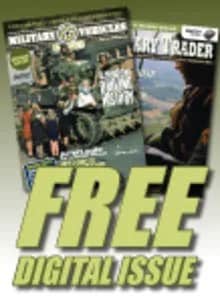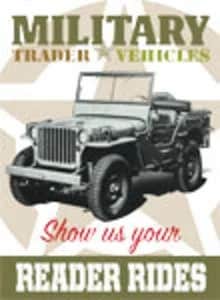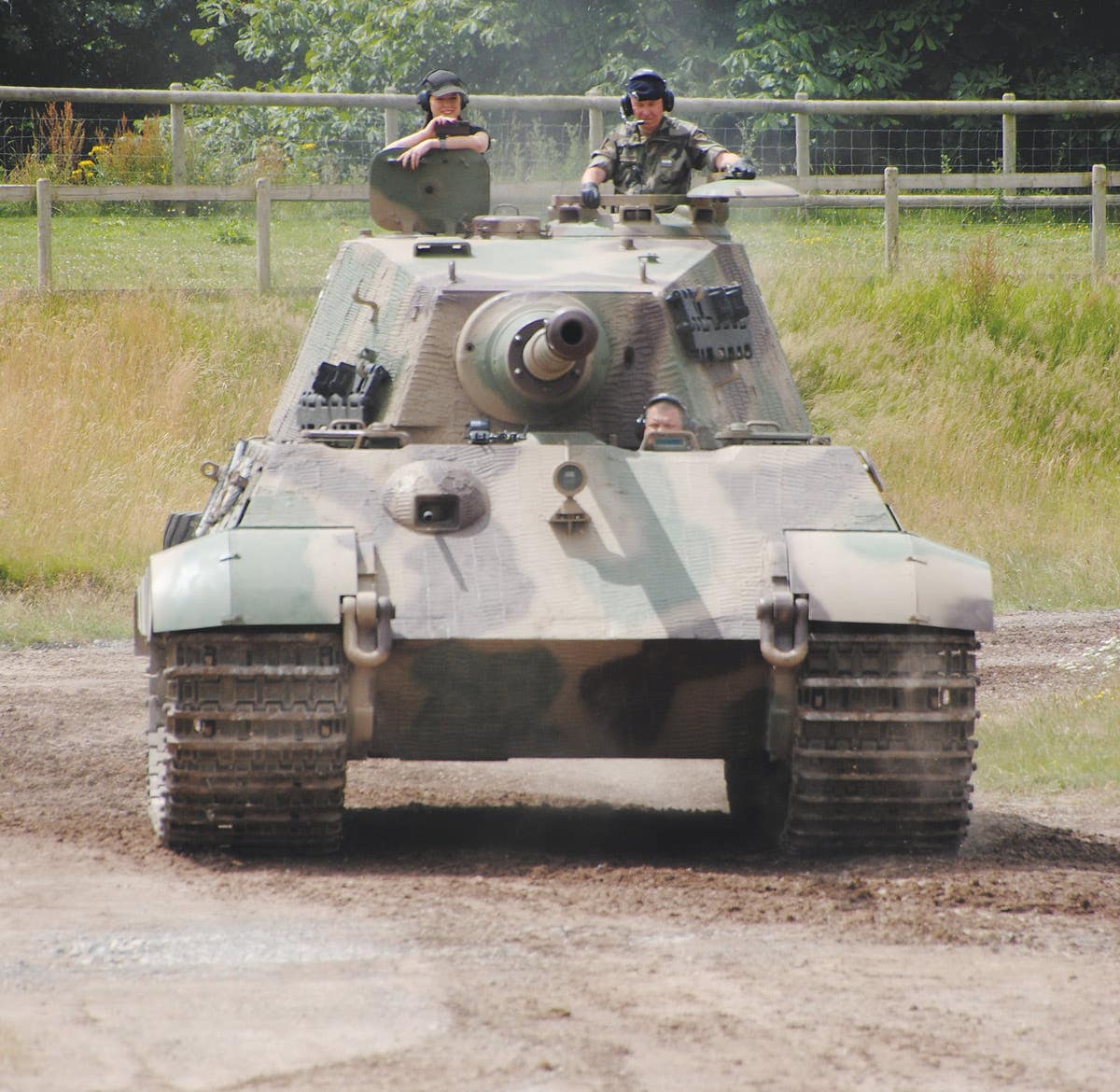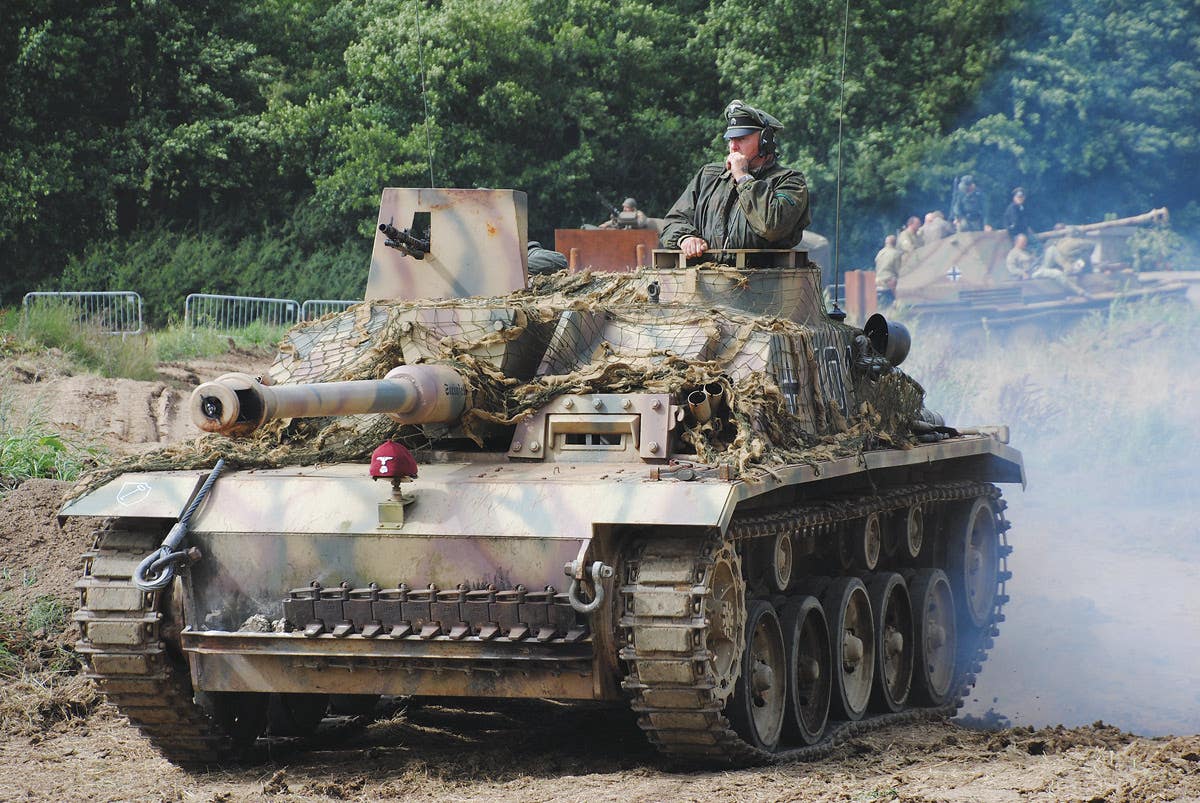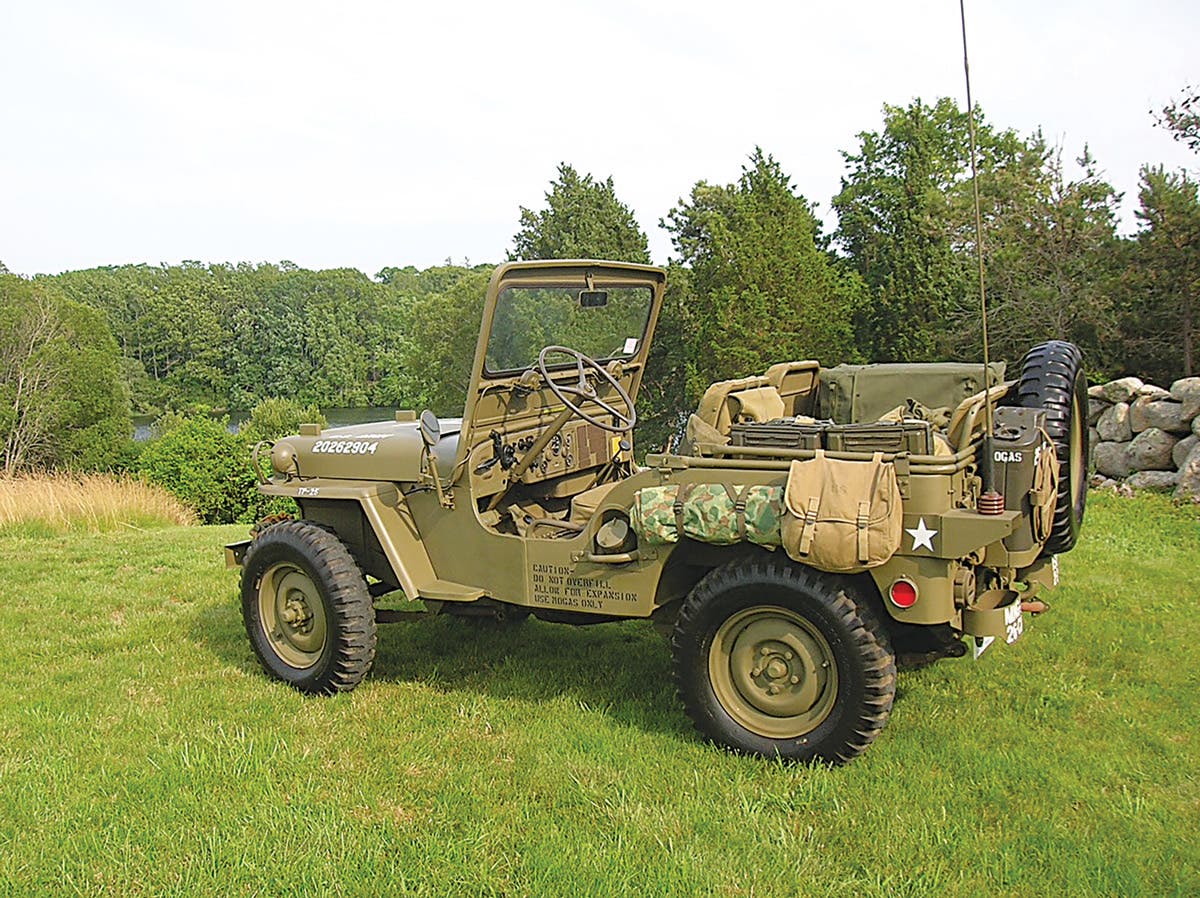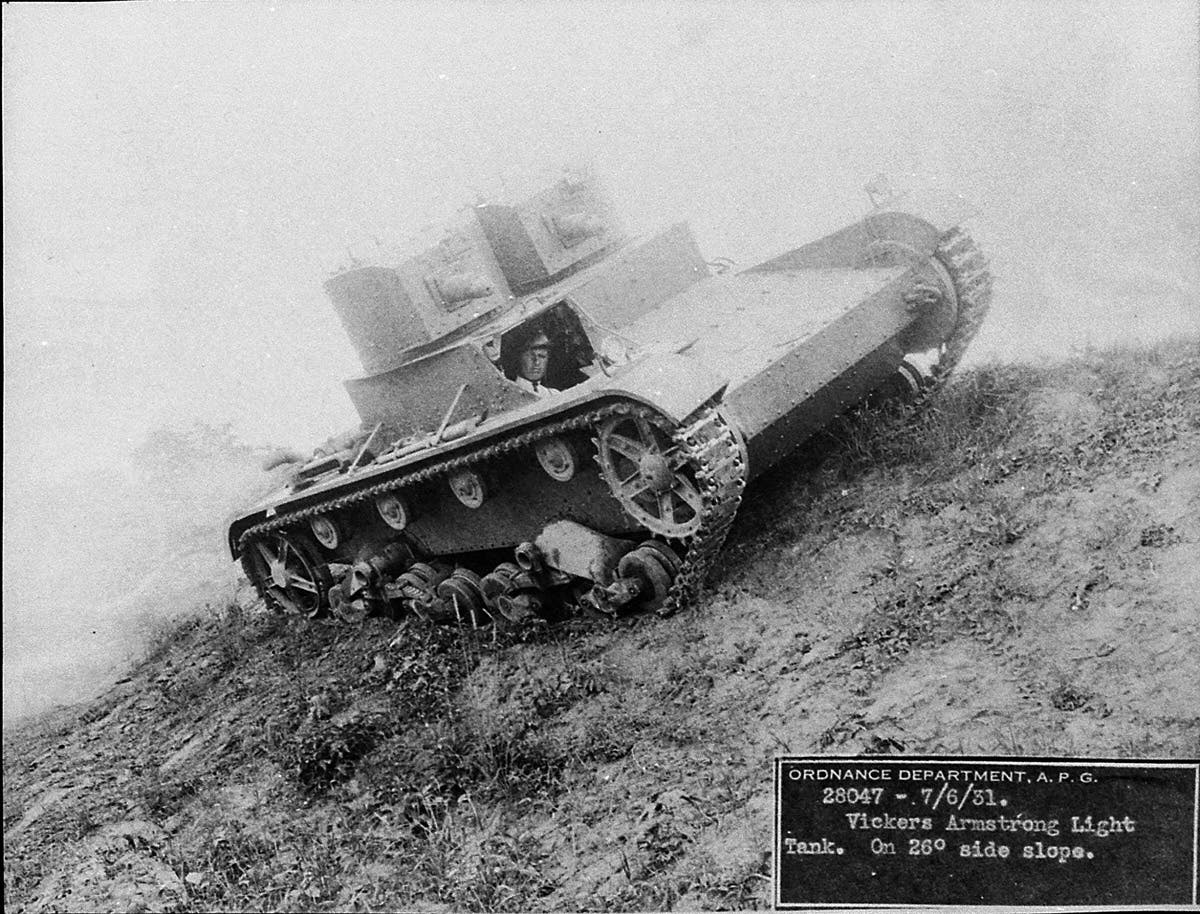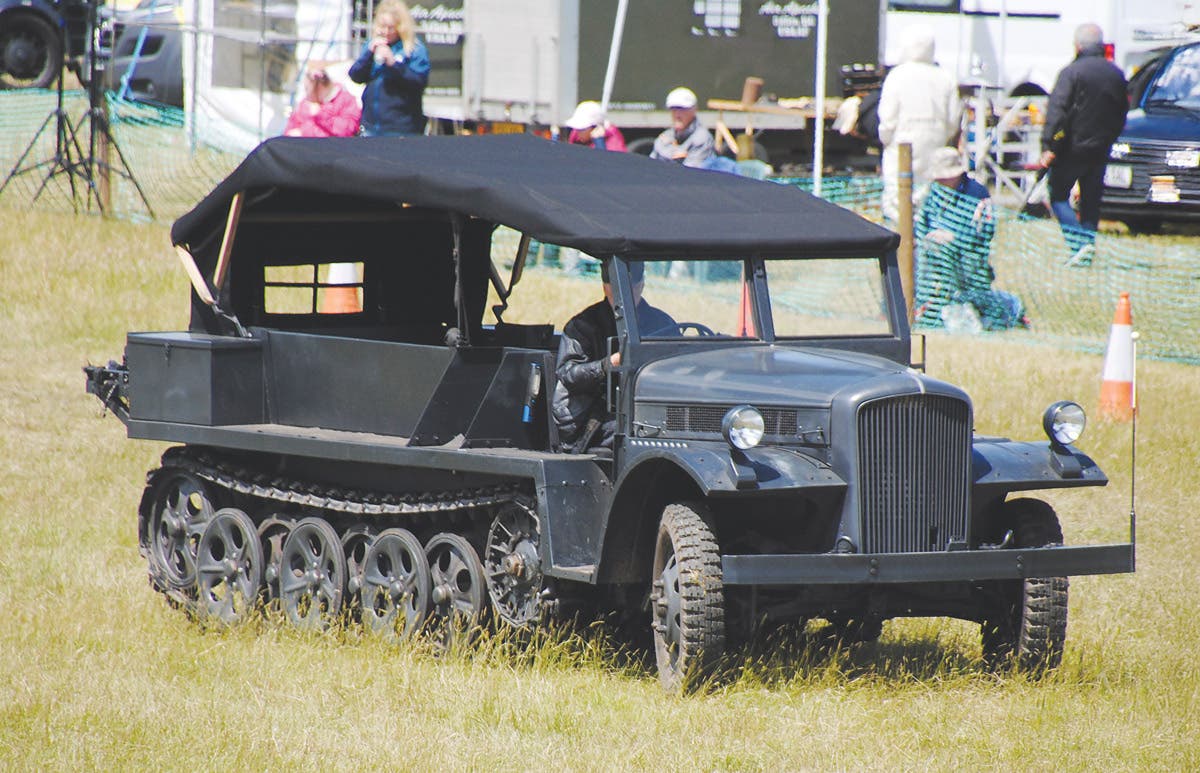A Soviet Veteran: Retracing the tracks of the SU-100 Tank Destroyer
The SU-100 was a solid vehicle serving in many armies and engaged in many combat roles.
In September 1944, only weeks after the Soviet Red Army had inflicted the greatest defeat of the war on the German Army during the five-week-long “Operation Bagration”, deliveries of new specialist armored vehicles were made to units in the front line. Sent by the Russian Directorate of Self-propelled Artillery, the vehicles were to be put through a series of field and familiarization trials in the combat zone, but were not to be committed to battle. The trials were concluded successfully and the vehicle crews declared the vehicles to be reliable, with good maneuverability and handling. Despite this approval, there was a delay in the new vehicles entering service due to problems in producing the BR-412B armor-piercing ammunition for the main armament.
It was in November that the first service deliveries were made to three front line units, the Leningradskaya 207 and the Dvinskaya 208 and 209 brigades, operating as specialist self-propelled brigades. However, it would not be until Jan. 5, 1945 that these newly equipped units were committed to combat for the first time to provide support during operations near Bicske in the region around Budapest in Hungary which, although still an ally of Germany at the time, would surrender two weeks later on January 20.
Although well protected, the crew sometimes fitted spare track links over the glacis to provide extra protection. John Norris
The new vehicles were SU-100s, the latest design in the Samokhodnaya Ustanovka series, and termed as casemate self-propelled artillery — referring to the method of mounting the main armament. The series included the SU-122 and SU-85, both introduced into service in 1943. These vehicles were to be used to support a breakthrough of in the enemy’s defensive positions and act as tank destroyers.
As further numbers of the SU-100 became available from February 1945 they were issued to other specialist self-propelled artillery brigades, such as the 209th acting in support of the 2nd Guards Tank Army and 4th Guards Tank Army in March when the Germans launched their offensive known as “Operation Furhlingserwachen” (Spring Awakening) around Lake Balaton in Hungary. The three regiments equipped within the brigade, the 1951st, 1952nd and 1953rd, each had SU-100s and, despite suffering heavy losses in their ranks, they inflicted a heavy defeat on the Germans. From that time onward units equipped with the SU-100 would be involved in some of the heaviest fighting. When Russian forces entered Berlin they were accompanied by SU-100s as the fighting moved from street to street, despite the fact that the vehicles were never intended for such close-quarter fighting in urban conditions.
The vehicles were never fitted with nuclear, biological and chemical warfare protection systems. John Norris
Work on the design which would become the SU-100 began in February 1944 being under the control of General F. F Petrov. He was chief designer of the experimental bureau of artillery, specializing in self-propelled artillery designs. Petrov had already supervised the introduction into service of the SU-85 and SU-122. His design team included L.I Gorlitsky, chief designer of self-propelled artillery, along with several other engineers, such as S.I Samoilov and A. L. Kizma. By March they prepared a prototype model of the design, referred to as “Object 138”, that was a natural extension to the two earlier SU designs.
Series production began at the Uralmashzavod heavy machinery factory in Yekaterinburg in August 1944 and continued until 1947. By July some 2,335 examples had been produced and the vehicle remained in service with units serving in a front line capacity until 1957, when all production stopped. The vehicle was used by a large number of Russian “client states”, including several which came under the sphere of the Warsaw Pact during the Cold War: East Germany, Czechoslovakia, Hungary, Bulgaria, Romania, Albania and Poland. In total, 4,976 examples of the SU-100 were produced, with many being used by overseas armies such as Angola, Yemen, Syria, Egypt and China, which at times have used some of their SU-100s in combat such as the Yom Kippur and Six Days Wars, Vietnam and Yemen.
Some examples are still in service today, updated to fire modern types of ammunition, but more are found in museums around the world, such as the Czechoslovakian-built version at the Tank Museum at Bovington in Dorset, England, where it sometimes appears at public shows to present mobility displays.
The design team behind the SU-100 had already worked on the SU-85 and SU-122, so they approached the idea for the new vehicle in much the same way — by using the chassis of the T34/85 tank. It was a proven design and by extending the hull superstructure upwards in the same way it was possible to mount a 100mm to allow it to fire forward over a restricted arc of 16 degrees traverse. However, it would allow for a range of elevation between -2 degrees and +17 degrees. This was the casemate method of mounting, also used by the Germans on their SdKfz 186 Jagdtiger and SdKfz 173 Jagdpanther designs. This eliminated the need for a turret and made the SU-100 lighter by some 880 lbs. than the T35/85. Despite the severely limited arc of traverse to track moving targets, it remained a popular fighting vehicle.
The engine was the same as that used on the T34, as was the track and road wheel layout, with the drive sprocket mounted to the rear with very little depreciation in road speed. The armor plate over the glacis was extended upwards. Although only 45mm thick, by setting the plate at an angle of 55 degrees, an effective thickness of 75mm was achieved without any additional gain in weight.
The design meant the loss of the hull-mounted machine gun and created an all-welded, box-like fighting compartment for the gunner, loader and commander. The driver — the fourth member of the crew — sat forward to the left of the gun. The commander’s position had a distinctive tubular structure, complete with a one-piece hatch cover, incorporated into the hull superstructure on the right hand side. It was fitted with viewing blocks, along with a periscope, to allow target acquisition and provide a full 360 degree view of the battlefield from under cover. Two further hatches were set into the flat roof of the fighting compartment and the driver’s position had a hatch set into the glacis plate.
The main armament was offset to the right, next to the driver’s position. It was derived from a pre-war 100/56 naval design and capable of firing high-velocity projectiles. General Petrov personally oversaw this phase of the project at the Constructors’ Bureau of Artillery Factory No. 9, which evolved to become the D-10S and would remain the standard main armament for all SU-100 vehicles.
The recoil mechanism was comprised of a hydraulic buffer with a hydro-pneumatic recuperator. The breech mechanism was of the semi-automatic sliding wedge type with hand- operated controls for traverse and elevation. A compliment of 34 rounds of 100 x 695mm fixed ammunition was carried, including high-explosive and anti-tank rounds to allow all target types to be engaged. For example, when firing the 35.5-lb. HS projectile, the SU-100 could provide fire support for advancing infantry by engaging targets up to 21,000 yards.
In the anti-tank role, the BR-412 range of armor-piercing HE with 35-pound projectiles had muzzle velocities of 3,280fps and could penetrate 185mm of armor at ranges up to 1,000 yards. Later, a HEAT round was developed with a muzzle velocity of 2,952 fps that could defeat 380mm of armor. During the 1960s more high-velocity ammunition types were developed and in the 1980s extended to APFSDS types, to keep pace with improved armor developments. In the SU-100, the gun lacked a muzzle brake and was offset to the right, next to the driver’s position. Its long barrel extended well forward over the hull, giving the vehicle a distinctive silhouette. Later, versions of the D-10S gun would be mounted in the T-54 tank.
The fast development and entry into military service of the SU-100 was only possible due to judicious use of existing components, namely the chassis of the T34 tank and the modification of the 100/56 gun from a naval role to that of vehicle use. It gained a good reputation in combat and the fact it continued in service for so long with so many different armies says much for its usefulness and adaptability.
Later Versions and Variants of the SU-100
Several years after WWII, production of the SU-100 started at the CKD factory at Sokolovo in Prague. These new vehicles were given the title SD-100. Around 770 were produced under license between 1953 and 1956. They were fitted with the more powerful V-2-34II engine which developed 530 hp at 2,100 rpm. Some examples were produced without the main armament mounted to develop a recovery version and a command post version of the vehicle. Some recovery versions had winches fitted and a few had bulldozer blades mounted on the front, but it is believed low numbers were completed and entered service. The command post version had armor plating fitted to cover the opening where the main gun would have been. This version carried an array of communication systems and map tables were fitted in the space left where the ammunition would have been stowed. The later versions also had a slightly improved range of elevation for the main gun, which remained the 100mm D-10S with 34 rounds of stowed ammunition being carried.
Some had winches fitted and bulldozer blades fitted to the front. John Norris
Looking for more tracked vehicles? Here are a few more articles for your reading enjoyment.
